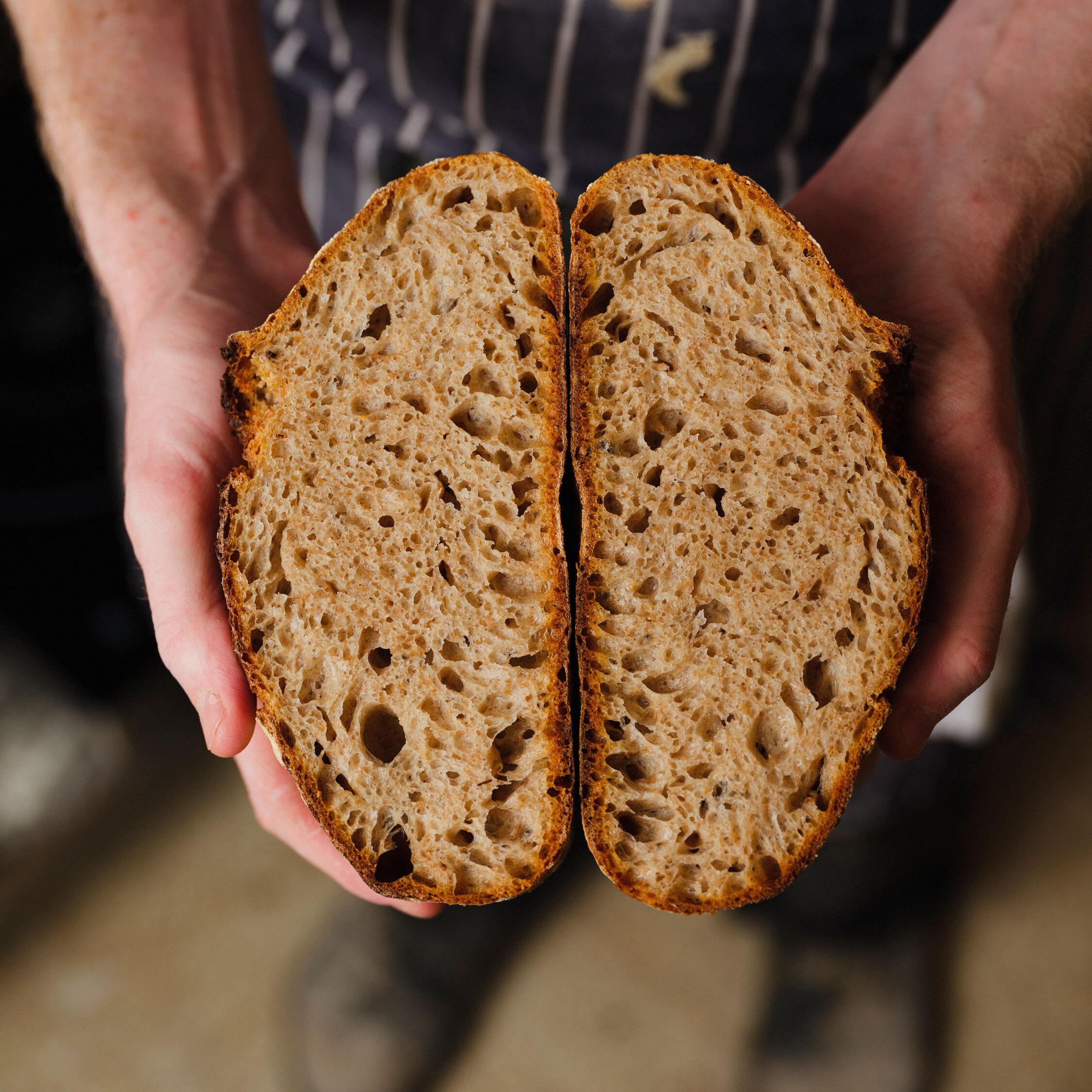It’s a funny thing to think about but where you get your grain from is incredibly important. Wildfarmed is a nutritious stone-milled grain that’s grown through regenerative farming. Grown in a way that respects the natural systems that all plants and animals (including us) need to survive, Wilfarmed brings the concept of rewilding to farming. I’m a huge admirer of what Wildfarmed is doing and how they’re really shaking up the scene one rustic loaf at a time.
From bakeries like Big Jo to pasta restaurants like Burro E Salvio, a number of respected outlets are now shouting about their use of Wildfarmed grain. Not only is it packed full of essential nutrients but it’s got a distinct nutty flavour that almost tastes… alive. It’s the first hypebeast grain that I know of (their branding, for one, is super on point) and the fact that it’s better for farmers, food lovers and the planet is just the cherry on top.
I spoke to Andy Cato – farmer, co-founder of Wildfarmed – about how he’s gone about shaping the food system of the future.
